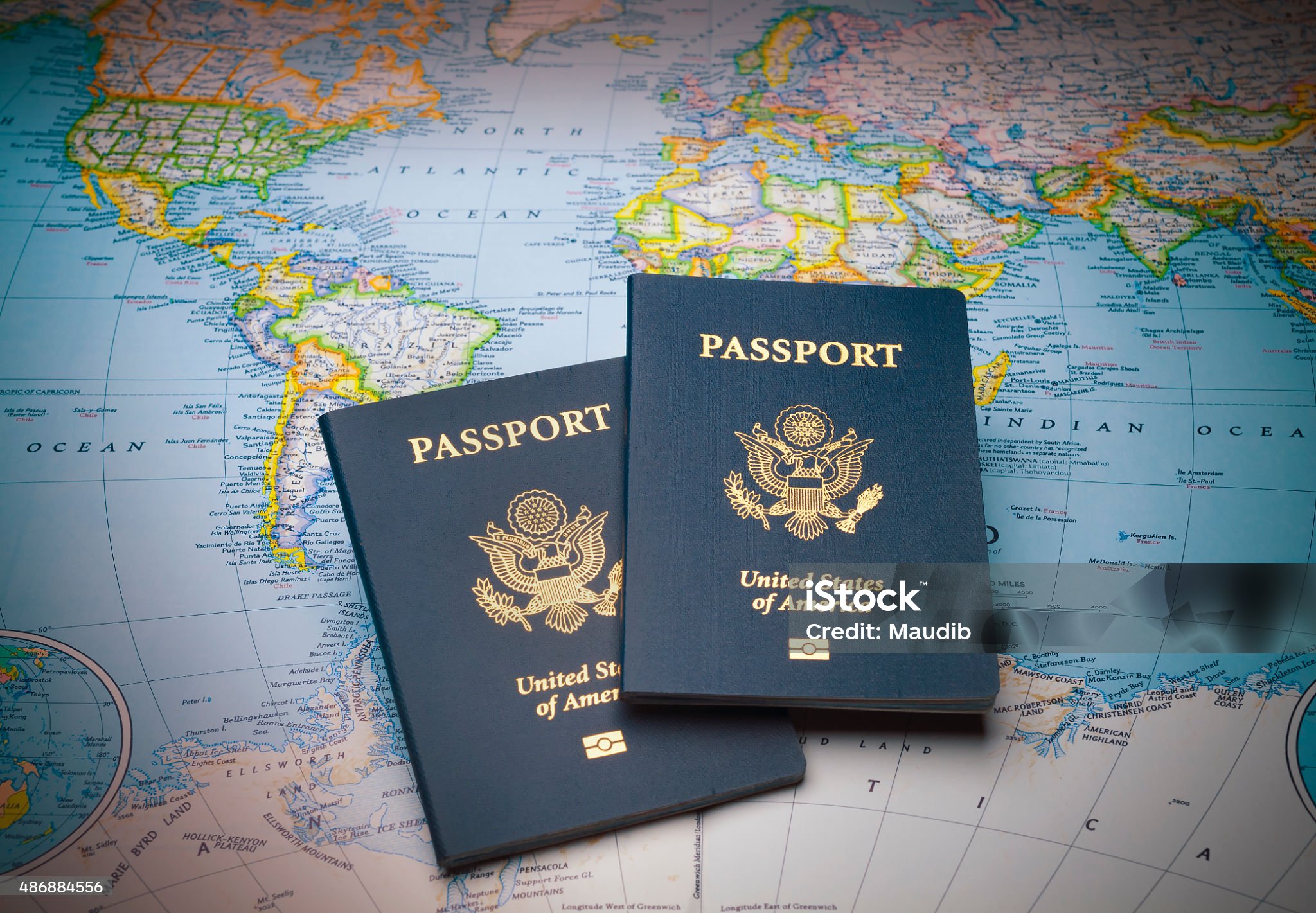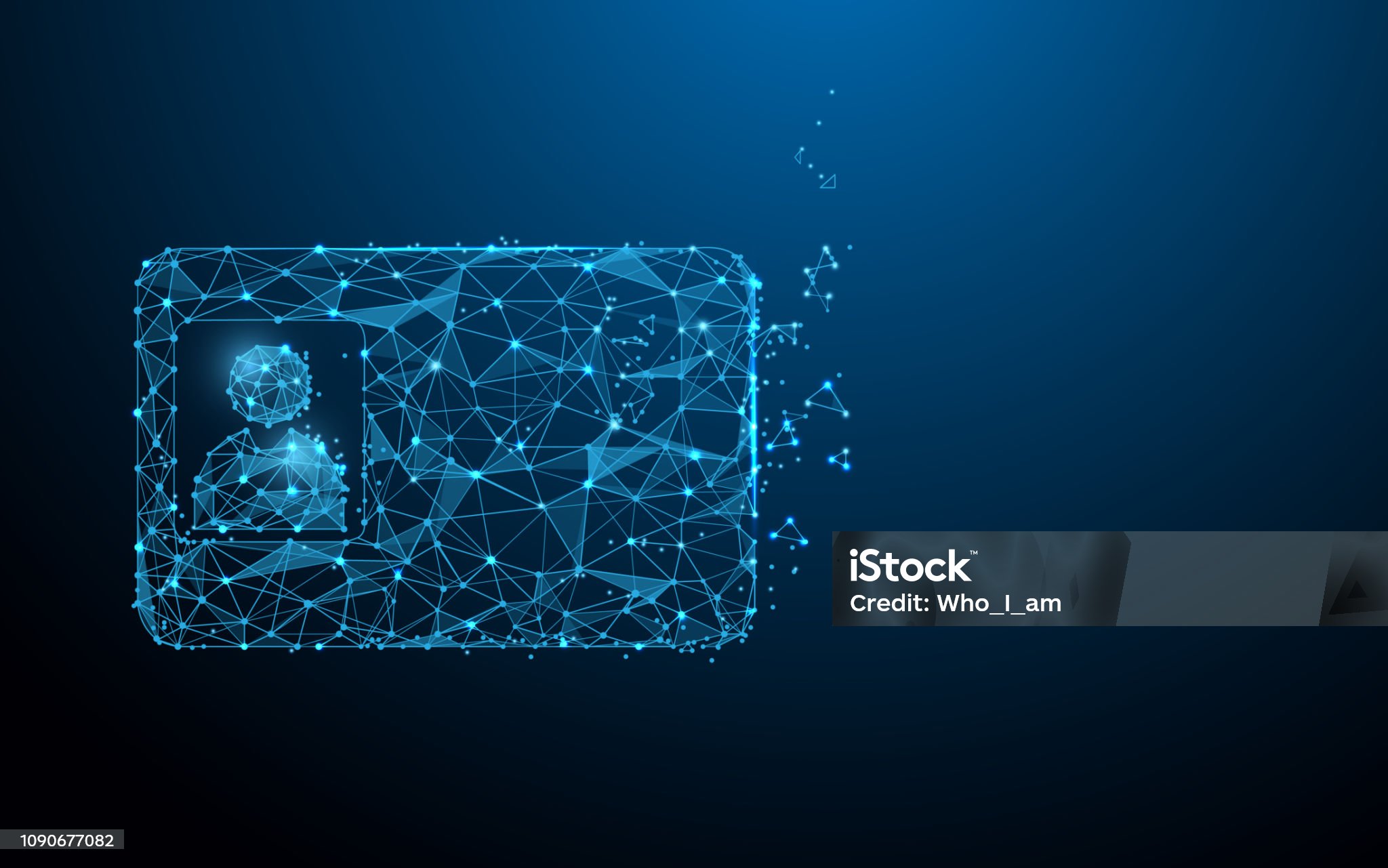Comprehensive Study on copyright and Their Verification Standards
Comprehensive Study on copyright and Their Verification Standards
Blog Article

1. Introduction to Identification Documents
Identification documents play an essential role both for individuals and society. Serving as "permissions" and "access tools," these documents help society run efficiently when widely accepted and available. There are different kinds of identification documents, and each of them signifies a particular aspect. Take, for instance, a copyright, which confirms an individual's legal ability to drive, and a copyright, which acts as proof of citizenship and permits border crossings. Such documents serve a vital personal function and facilitate transactions such as employment, services, insurance acquisition, and car rentals. Often, financial institutions might require access to these forms of identification when dealing with borrowers who seem unreliable or possess weak credit backgrounds. These documents function as both identity verification and legal authorization to operate financially or otherwise.
Identification documents have not always been an essential part of daily life, as they are today. The importance of these documents has grown alongside changes in security measures and legal requirements. Technological advancements have permitted the development of security systems that far exceed the ID technologies currently available to consumers. Numerous nations are transitioning to biometric-based standards for national IDs. Some already utilize electronic exit systems.
Personal identification documents act as formal proof of legal status. The "real identification" recognized documents worldwide include passports, copyright, copyright, and driver's licenses, at both global and national scales. People often securely store their critical identification documents so that they can readily access them at a moment's notice.
This discussion focuses on the importance and legitimacy of documents like the IDP, Real ID, copyright, copyright, copyright, and resident permits to raise awareness about their significance. Both educators and the public ought to be aware of these key identification papers, as it could be useful in preventing the loss or aiding in the recovery of such essential items. The content here is directed at both domestic and international audiences, aiming to ensure they possess the vital documents necessary for their knowledge and ideals.
2. Legal Framework and Regulations Governing Identification Documents
Identification documents fall under different laws and regulations depending on the jurisdiction. Documents are issued directly to individuals by an issuing authority and under specific guidelines and rules intended to keep the integrity and accuracy of the document. In some cases, identification documents are compulsory, while in other cases they serve as forms of verification or validation. It is the responsibility of the individual to follow the rules of the jurisdiction that governs the use of the document. In summary, it is important for individuals to understand the local or specific legal requirements that apply to them in any jurisdiction where they expect or plan to carry out any transaction or to use such documents. For the most part, state or local government agencies are responsible for issuing, regulating, and limiting specific documents for designated transactions.
However, the differences in identification requirements across jurisdictions may interfere with international travel and commerce. Thus, it is a widespread issue when travelers feel disconnected and confused when traveling internationally and encountering different identification document regulations. It would be impossible to list all of the rules for each country here, but it is important to know, that with nearly 200 countries and billions of global inhabitants conducting international trade and business, understanding identification requirements is vital. Failure to follow these rules may result in legal conflicts in foreign countries, where international reciprocity must then be considered. Noncompliance may result in civil or criminal consequences, breaching identity, privacy, trade, commerce, or human rights laws.
The balancing of public policies with protected rights can be complicated when establishing security standards for identification in travel. In some cases, human rights can come into conflict with public security measures regarding the most secure identification rules needed to combat terrorism. In recent years, the introduction of digital mobile driver’s licenses has led countries to either update or create new laws and regulations that go beyond just technology, as this field continues to evolve. Digital identification documents for Real ID travel are being considered as the future direction for global travel management. Despite the shift towards mobile driver’s licenses, the use of passports is expected to persist well into the future. 
The standard and evolution of mobile driver licenses and digital ID are also undergoing rapid change. Take California as an example: two years after passing its mobile copyright law, stakeholders are now ready to agree on formal rules for the first state-endorsed mobile license.
3. Comparative Analysis of International Driver’s License, Real ID, copyright, copyright, copyright, and Resident Permit
The International Driver’s License acts as an identification document for those driving abroad The International Driver’s License was not created by the United Nations or any international NGO to enable inter-state travel.
The Real ID, as an identification, would primarily have a function such as being a widely acceptable identification to board domestic flights, alongside state driver’s licenses and identification cards produced by states and territories following a national standard. In addition to domestic travel, the Real ID can be used to enter federal sites and nuclear plants. It is important to note that the Real ID is not designed as a travel document, nor does it serve as a copyright, visa, or residency permit. Though some people may use it abroad as an identification and date of birth document, the Real ID is primarily used to travel domestically.
More specifically, passports are in the United States a form of original rather than derived identification. A copyright is largely an instrument of foreign policy; it was created to safeguard citizens from arrest and assist them in traveling for diplomatic or non-obligatory negotiations. This is the official, often administrative, use. The copyright also has, of course, a bureaucratic or private use. To travel internationally, or even regionally in some cases, travelers must not only possess a copyright but also adhere to various other regulations.
The copyright is a record issued at the time of birth and is used as a means to obtain a copyright and other forms of identification. When comparing the two, copyright and passports may seem to have the same general function. However, a copyright has ongoing effects. Also, even if used to obtain a copyright, a copyright cannot lead to obtaining a “second copyright”. A copyright does not influence the acquisition of a second copyright unless the individual plans on obtaining an illegal second nationality.
4. Security Elements and Fraud Prevention in Identification Documents
Various security features are implemented to prevent forgery, tampering, and fraudulent activities. For example, many ID cards and documents contain security components such as holograms, multi-layer images, and laser engraving. Some ID cards are embedded with RFID chips holding biometric data and digital imagery to prevent misuse.
Many security features are covert or semi-covert, like special inks or designs, watermarks, and microtext. Such security features are put in place to make ID documents extremely hard to copyright or alter. 
Typically, the security level of an identification document needs to match the trust or authority level it represents. copyright security features, for example, need not be as robust as those on a copyright, since the copyright is used for travel and the copyright is used mainly domestically.
Technological progress has resulted in more sophisticated security features for identification documents. It is important to continuously implement and update security features and issuance methods to outpace counterfeiters and fraudsters.
Moreover, it is also important to regularly review both current and future security elements and issuance procedures. This ensures that they keep pace with the ever-changing threats and advances that could compromise the security of the document.
A robust anti-fraud security system should emphasize both preventive and responsive measures. Proactive measures might include training programs, public information efforts, security seminars, and public service announcements.
5. Conclusion and Future Trends in Identification Document Technology
This article explores the wide range of identification documents used globally. It is important to see ID from both a technical perspective, considering security features, verification, and issuing authorities, but also from a legal standpoint, focusing on how these documents hold up in courts for verification.
Research indicates that opinions on the quality of identification documents and their verification worth differ depending on the context of use. Additionally, ethnography could illustrate how varying cultural perspectives influence the concept of an ideal identification document. Comparative work also provides insight into how the legitimacy of identification documents can vary even in countries with similar political, social, and economic systems.
The future of identification documents is undergoing significant change, driven by advances in digital technology. Technology is constantly enhancing the capabilities and security of standard identification documents like eIDs in response to mobile technology adoption. The main landmarks in this new convergence are biometrics and blockchain used as distributed ledgers.
The use of biometrics, particularly with “liveness” detection, will ensure accurate identity verification through real-time data collection, eliminating the risk of digital identity theft. It will go beyond our basic human rights recognized by international law and several constitutions. This access should be kept as private as possible and subject to individual consent.
Digital identity systems may cause exclusion concerns, particularly for those who lack easy access to them. Not everyone is able to easily obtain a digital identity. Some already speak of an “identity gap” widened by technology, which creates disparities in access to identity verification needed for participation in various societal sectors.
Digital identity systems should be more systematically compared with physical identification documents. So, apart from verifying identity, digital identity databases also serve to verify risk levels associated with different transactions. There should be more systematic research to see how guaranteeing the “offline” verification rights can be applicable to this new identification context.